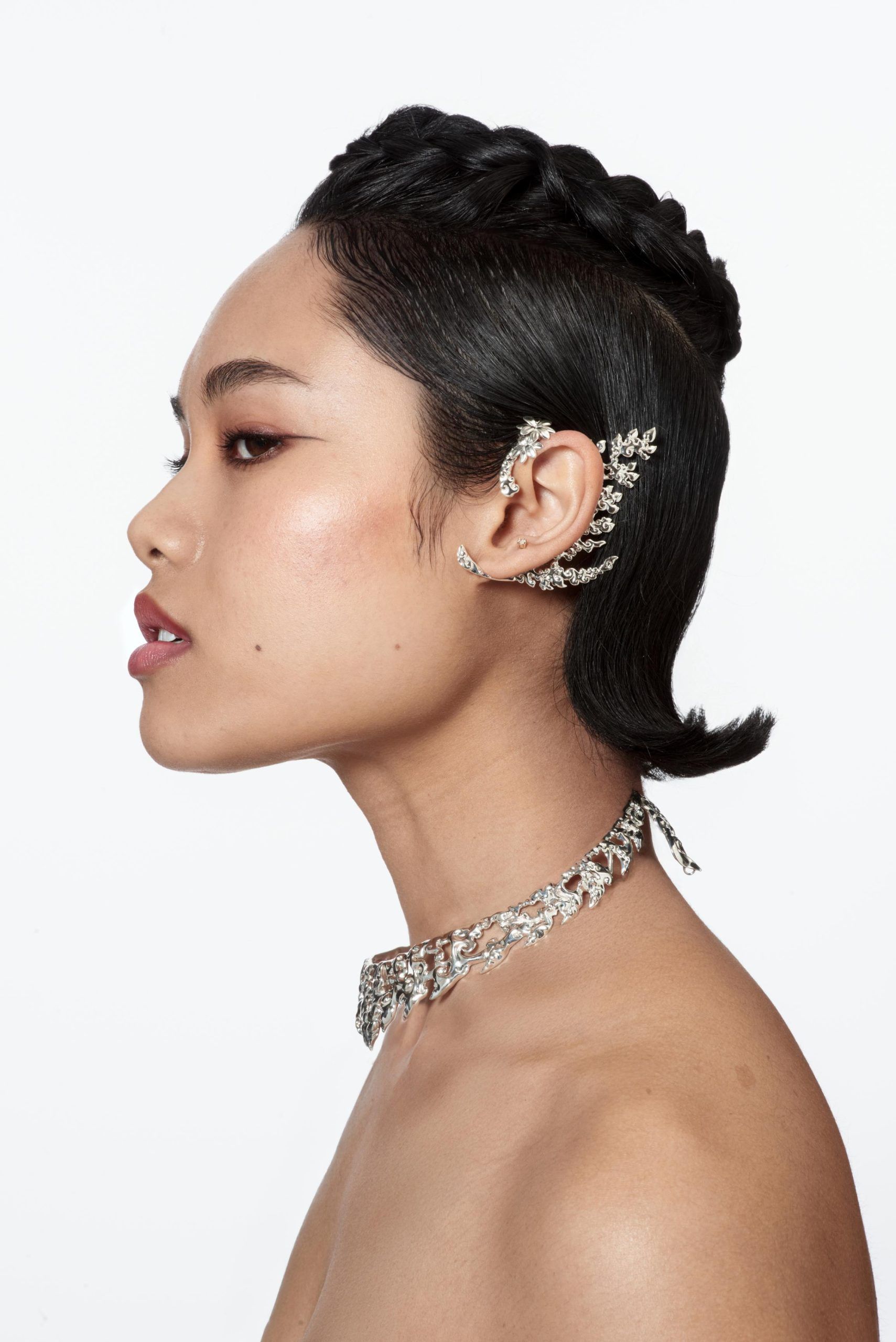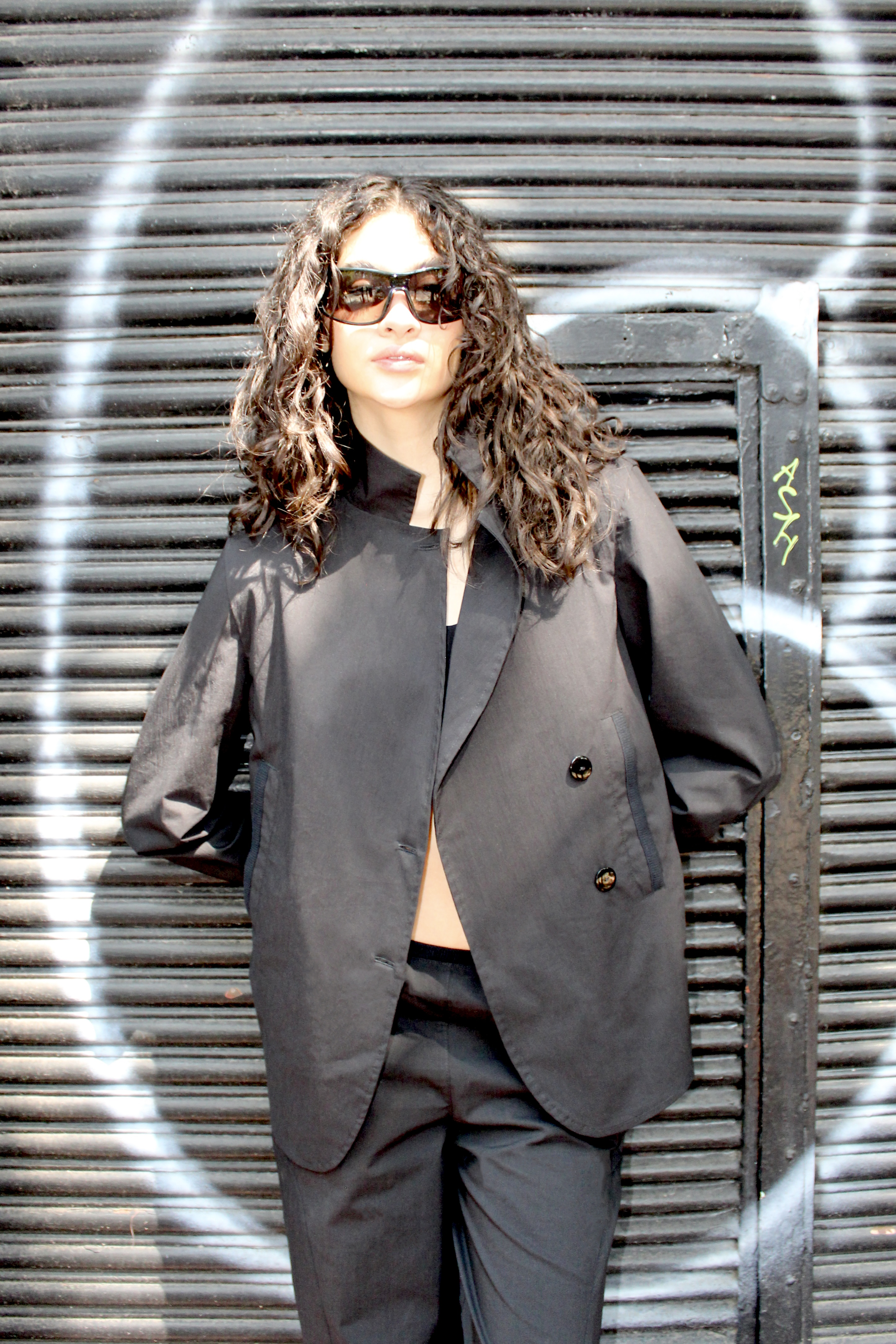
Have you ever wondered why certain colors make you feel radiant while others leave you feeling washed out or overwhelmed? The answer might lie in the fascinating world of seasonal color analysis. This personalized approach goes beyond mere trends and delves into your unique coloring, to reveal a color palette that enhances your natural beauty.
But with so many resources and methods available, embarking on this color exploration can feel overwhelming.
This guide will help you navigate your seasonal color journey, whether you seek expert guidance or prefer the self-discovery route.
Methods of Color Analysis
The various methods available for seasonal color analysis include:
Professional Analysis
A professional color analysis offers numerous benefits, including personalized draping with colored fabrics, expert guidance, and a detailed seasonal palette chart.
The Cut notes that during a consultation, a trained color analyst conducts a thorough assessment of your skin undertones, hair color, and eye color. This, in turn, helps them determine your designated seasonal palette.
The process involves holding various colored fabrics close to your face to observe how different hues interact with your complexion. Additionally, the analyst may recommend suitable metals, lipstick and blush shades, and hair colors based on your seasonal classification.
Despite the advantages, professional consultations for color analysis can be costly, with appointments often running close to $300 or more. Moreover, access to color-analysis studios may be limited, particularly in certain regions.
However, those who opt for professional analysis often appreciate the interactive and informative nature of the session. The analyst provides valuable insights into color theory and how to apply it in everyday life. They empower clients to make informed decisions when shopping or getting dressed.
Additionally, clients typically receive a detailed summary of the consultation, including personalized recommendations, to reference in the future. Overall, while professional analysis may come at a premium, many find the expertise and personalized guidance well worth the investment.
Online Quizzes and Guides
Online guides offer a convenient and accessible option for individuals seeking seasonal analysis. These resources come in a wide variety, ranging from basic quizzes to comprehensive guides, catering to different levels of knowledge and expertise.
Many websites and apps provide free quizzes that prompt users to answer questions about their skin tone, hair color, and eye color. This information is used to generate a suggested seasonal palette. These quizzes often offer immediate results, making them quick and easy to use.
According to Color Guru, in addition to quizzes, there are also paid online resources that offer more in-depth analysis and guidance. These resources may include detailed explanations of seasonal color theory, visual examples of color palettes, and personalized recommendations based on individual characteristics.
While some of these resources may come with a fee, they provide valuable insights and actionable advice for incorporating colors into one’s wardrobe.
Self-Analysis
Self-assessment offers individuals the opportunity to determine their seasonal color analysis using various methods accessible at home. These methods may include analyzing natural features such as skin undertones and eye color, and comparing oneself with reference materials. You can also use smartphone apps designed for color analysis.
For example, according to Woman & Home, one common method involves examining the underside of the arm in natural daylight. This helps you to discern whether the skin undertone is warm or cool based on the presence of pink or golden hues.
Another approach involves conducting fabric tests by holding gold and silver fabrics or jewelry near the face to observe which shade compliments you. By paying attention to how different colors interact with their features, individuals can gain insights into their color palette.
However, it’s essential to approach self-analysis with caution and an understanding of its limitations. While these methods can provide useful indications, they may not offer the same level of accuracy and precision as professional analysis.
Additionally, factors such as lighting conditions and personal biases may influence the results. Therefore, individuals engaging in self-analysis should exercise careful comparison and consider seeking additional guidance or validation from professional color analysts.
Experimenting with Colors
Trying out a variety of colors will help you discover which shades complement your complexion and bring out your natural radiance. Whether it’s incorporating bold hues or opting for subtle tones, experimenting with colors allows you to express your individuality.
Moreover, trying out different colors can help you gain confidence in wearing shades that you may not have considered before, expanding your style repertoire. Don’t be afraid to mix and match colors or play with textures to create unique and personalized looks that reflect your personality.
Ultimately, embracing experimentation with colors empowers you to curate a wardrobe and makeup collection that truly showcases your beauty and authenticity.
Incorporating Color Analysis into Wardrobe and Makeup
Understanding your seasonal color analysis can profoundly impact your wardrobe and makeup choices, helping you create harmonious and flattering looks.
However, Nine Entertainment notes that when shopping for clothing, it’s essential to be mindful of the lighting in fitting rooms. This is because artificial lighting can alter how colors appear. Stepping outside the fitting room to assess colors in natural light can provide a more accurate representation.
Carrying a swatch book or digital color guide can also be helpful when shopping, allowing you to match clothing colors to your seasonal palette. Remember that everyone can wear a version of a color.
It’s about finding the right undertone, value, and saturation that flatter your features. For instance, if a particular shade of blue washes you out, try a darker or more saturated version of the same color. Similarly, if you love a color that clashes with your skin tone, explore alternative shades within the same color family that are more suited.
Additionally, understanding color contrast levels can further refine your wardrobe choices. By blending colors in ways that suit your contrast level, you can create cohesive and visually appealing outfits
Ultimately, incorporating color analysis into your wardrobe empowers you to make informed choices that accentuate your beauty and express your style.
In conclusion, seasonal color analysis is not a rigid rulebook, but a compass guiding you toward colors that flatter your natural beauty. As you delve deeper into this world, don’t be afraid to experiment, mix and match, and most importantly, embrace your style.
After all, fashion is about expressing yourself authentically, and the perfect color palette compliments your features and makes you feel confident. Go forth, explore the spectrum of colors, and have fun discovering what truly makes you shine. Remember, the most beautiful palette of all is the one that reflects your unique personality and inner light.





